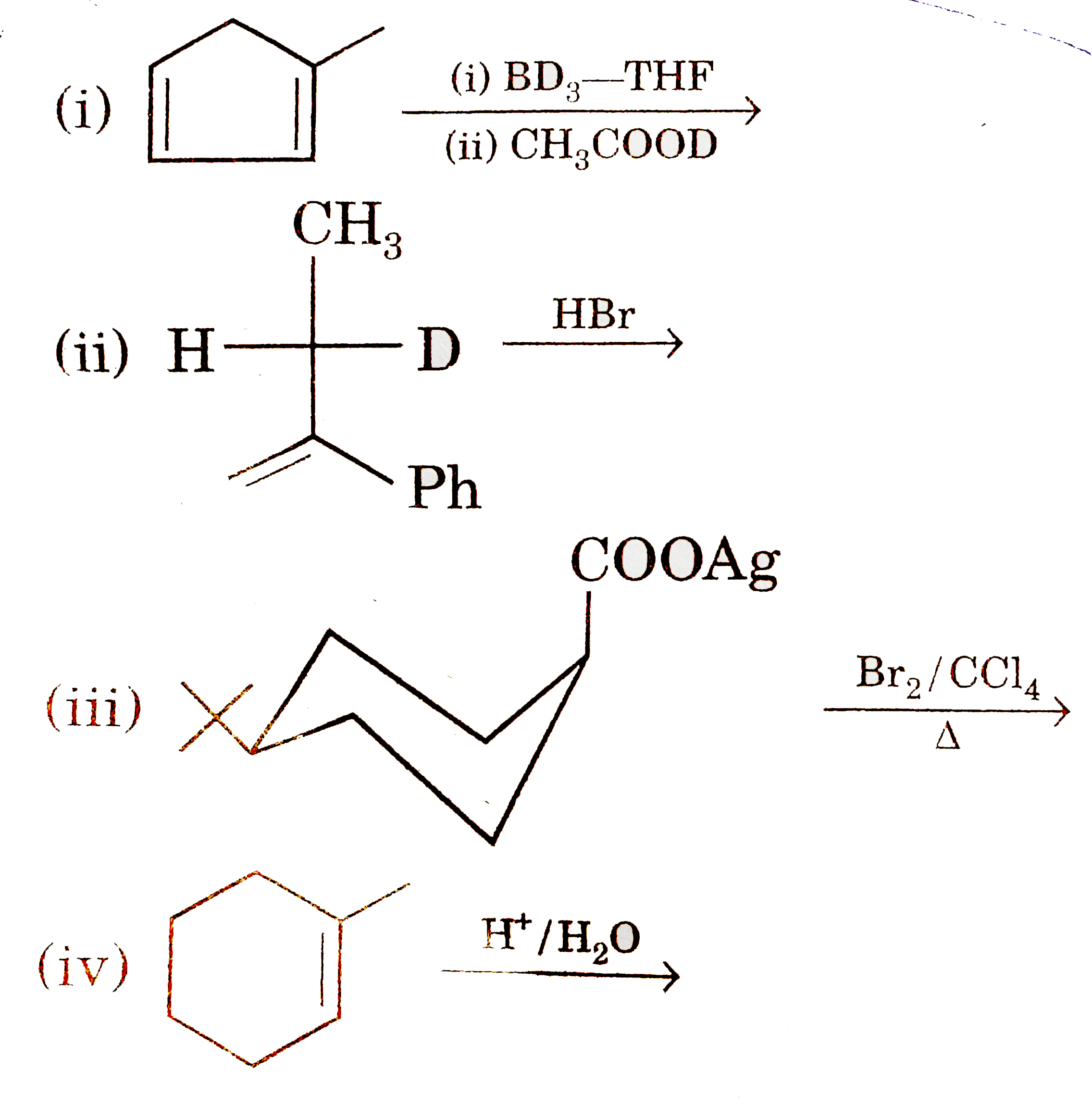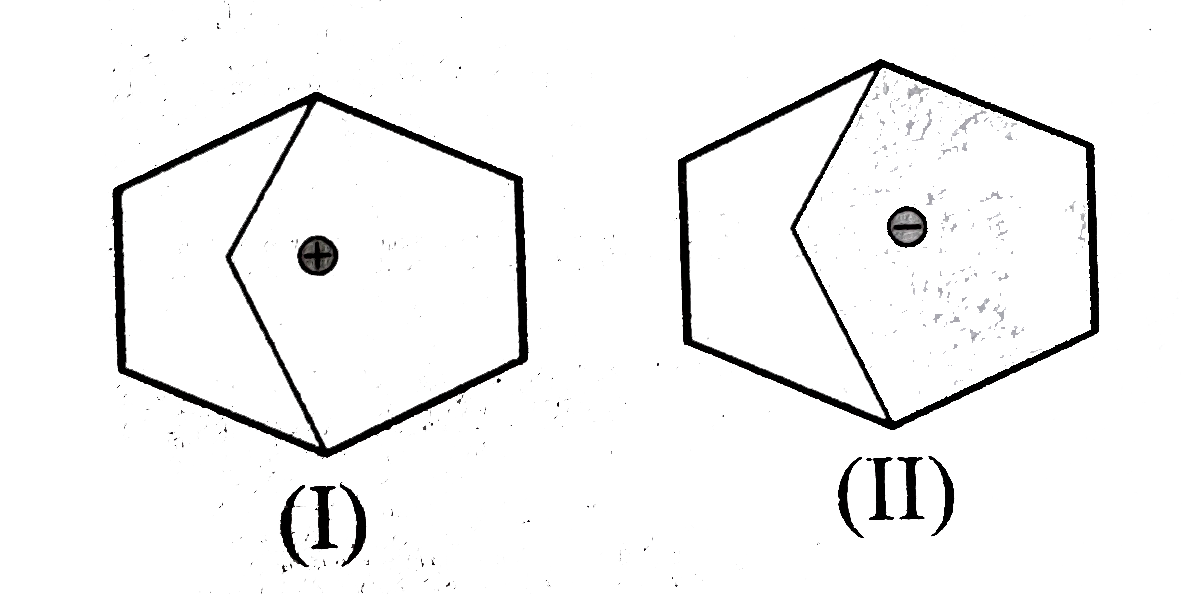Choose the correct pair.
(a) Homolytic clevage : carbocation(b)Homolytic clevage : carbanion(c) Homolytic clevage : free radicals (d)Hetrolytic clevage :free radicals
The correct Answer is:C
Homolytic clevage : free radicals
Topper's Solved these Questions
- BASIC CONCEPTS OF ORGANIC REACTIONS BOOK - FULL MARKSCHAPTER - BASIC CONCEPTS OF ORGANIC REACTIONS EXERCISE - Additional Questions Solved (Choose the incorrect pair)
3 Videos
- BASIC CONCEPTS OF ORGANIC REACTIONS BOOK - FULL MARKSCHAPTER - BASIC CONCEPTS OF ORGANIC REACTIONS EXERCISE - Additional Questions Solved (Assertion and Reason)
4 Videos
- BASIC CONCEPTS OF ORGANIC REACTIONS BOOK - FULL MARKSCHAPTER - BASIC CONCEPTS OF ORGANIC REACTIONS EXERCISE - Additional Questions Solved (Choose the odd one out)
5 Videos
- BASIC CONCEPTS OF CHEMISTRY AND CHEMICAL CALCULATIONS BOOK - FULL MARKSCHAPTER - BASIC CONCEPTS OF CHEMISTRY AND CHEMICAL CALCULATIONS EXERCISE - Additional Questions Solved(5-Mark Questions)
29 Videos
- CHEMICAL BONDING BOOK - FULL MARKSCHAPTER - CHEMICAL BONDING EXERCISE - ADDITIONAL QUESTIONS SOLVED (5-MARK QUESTIONS)
14 Videos
Similar Questions
Knowledge Check
In which cases, free radicals can be formed by homolytic fission?
AH3C−O∣∣C−CH3hv−−→BR−N=N−Rhv−−→C DCH3−O−O−CH3hv−−→
DCH3−O−O−CH3hv−−→Which of the following is correct comparison for the above effect?
Deuterium Kinetic isotopic effect=Rate of homolytic clevage of C-H bond by ClRate of homolytic clevage of C-D bond by ClA>1B<1C=1Dcannot be predicted.An organic reaction occurs by using reagents called electrophiles and nucleophiles via the formation of some reactive intermediates called carbocations, carbanions, free radicals, carbenes, nitrenes, radical cations, and radical anions.
The most stable free radical is :APhCH2.CH2BMe.CH2CMe2.CHDPh.CHMe
Determine F.C on each atom in
(a) carbocation H3O⊕
(b) carbanion H_3 C^(ӫ)
( c) free radical H3C.
(d) carbene H2C:.
View SolutionDetermine F.C on each atom in
(a) carbocation H3O⊕
(b) carbanion H3Cӫ
( c) free radical H3C.
(d) carbene H2C:.
View SolutionAn organic reaction occurs by using reagents called electrophiles and nucleophiles via the formation of some reactive intermediates called carbocations, carbanions, free radicals, carbenes, nitrenes, radical cations, and radical anions.
The most stable free radical is :
View SolutionConsider following reaction :


(a) Number of reaction which take place via carbocation.
(b) Number of reactions which take place via free radical.
(C) Number of reactions which take place via carbanion.
(d) Number of reactions which produce diastereomeric pair as major product.
View SolutionExplain the following :
(a) Why MeNH⊕CH2 (I) is more stable more than MeCH2⊕CH2 (II) when both are 1∘ carbocations ?
(b) Which of the following intermediate is unstable ?

( c) Why allylic free radical (CH2−CH=CH2)(I) is more stable than propy1 free radical (.CH2−CH2−CH3)(II), when both are 1∘ free radicals ?
View Solution
